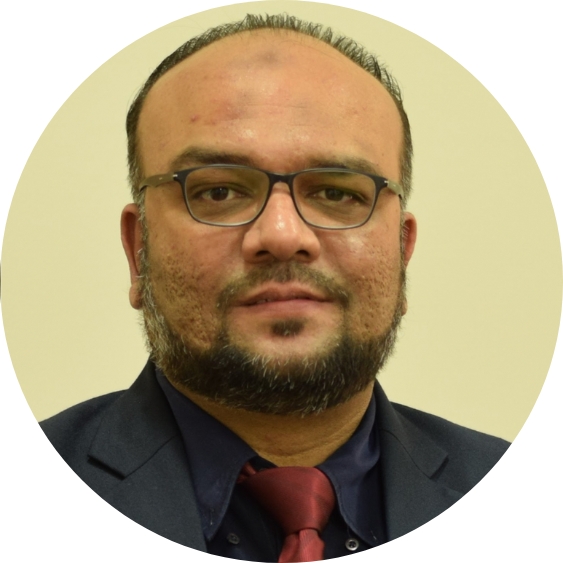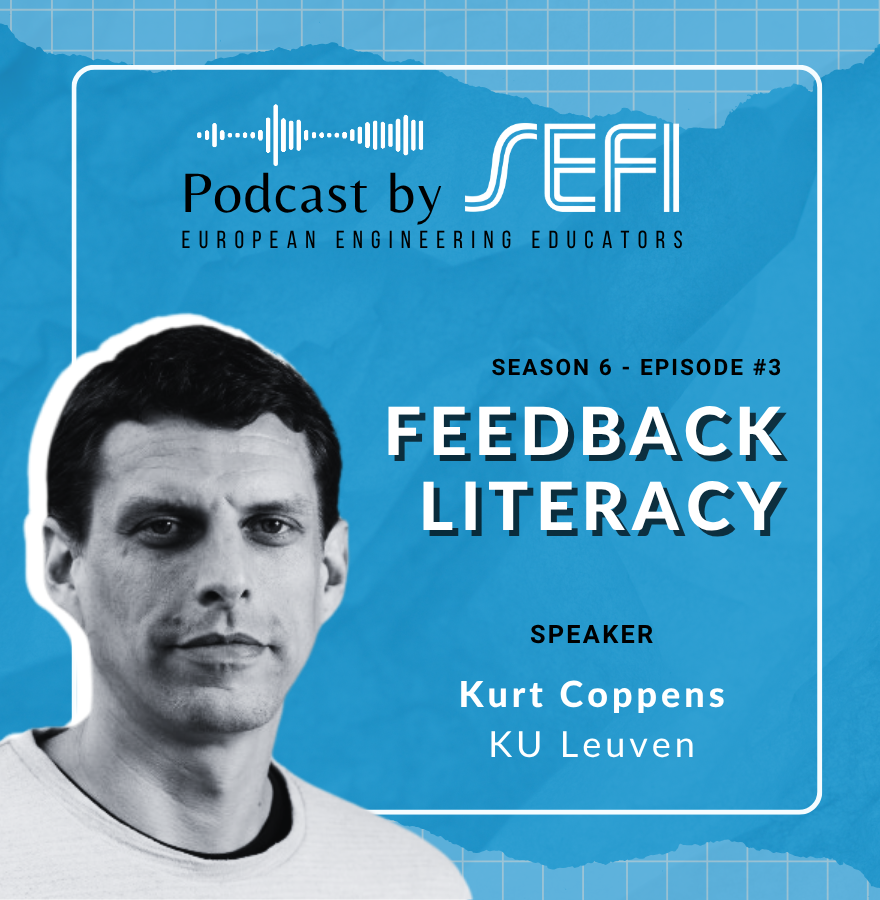Feedback is a somewhat perennial topic within higher education (HE), with increasing emphasis on students…

Higher Education landscape: Since the late 1990’s and early 2000, there have been drastic changes in the nature of the higher education ecosystem. The number of student enrollment had increased thus pushing the way for diversity, equity, and inclusion in institutions of higher learning. Besides this, the work force requires graduates with relevant competencies to enter the labor market. All of these require changes to the teaching and learning approaches to ensure quality education. Good teaching is not a gifted skill set owned by few academics, but rather it is part of the function of a university ecosystem. There is also a need to change content-driven curriculum to outcome-based education, student-centered rather than teacher-centered. In Europe, the Bologna Process requires its members to have a quality assurance framework that defines learning outcomes with a quality assurance system put in place. In 1997, the United States (through ABET), has launched the Engineering Criteria 2000 (EC2000) focusing on outcomes rather than on what is taught. In a similar manner, the signatories of the Washington Accord adopted the initial version of Graduate Attributes and Professional Competencies back in 2005. The latest version was published in 2013.
(Latest version 2013: https://www.ieagreements.org/assets/Uploads/Documents/Policy/Graduate-Attributes-and-Professional-Competencies.pdf)
Competencies: As stated above, engineering education is focusing on outcome-based education, which looks at the attainment of professional competencies (skills). Engineering profession today is a multi-facet profession, so the question here is what is the relative importance of each of these competencies, and are they required across the disciplines. Once these professional competencies are identified, the next step is to design a curriculum to ensure these skills are well embedded in the curriculum with proper teaching and assessment activities. To achieve a high level of success in attaining these competencies, engineering education programs need to ensure that these skills are not taught in isolation from the engineering discipline context, and these skills have to connect with industrial practice/scenarios (work-based learning approach).
Engineering challenges: Today the world is facing several engineering challenges related to climate change and the increase in population, bringing the need for a resilient community globally. Some of these challenges are loss of biodiversity, increase in sea levels, floods, inequity of food and medication distribution, etc. This has led the UN to launch on 2015 the 2030 Agenda for Sustainable Development (with 17 Sustainable Development Goals SDG). These engineering challenges along with the 17 SDGs will not be easy to achieve overnight. It requires changes from every level of the social fabric; the education framework, awareness, political will power, togetherness, etc. From the engineering education perspective, these challenges and SDGs pose several questions to the engineering fraternity: how important are the following: (1) design skills, (2) analytical and modelling skills and (3) professional competencies. How do we ensure these right balances? How do we ensure the right teaching and assessment activities (constructive alignment)?
Way forward in curriculum changes: Based on the above discussion, it is evident that engineering education requires changes to address the engineering challenges and the need to cultivate the right competencies in engineering graduates. A study on the global state of engineering education was conducted by Massachusetts Institute of Technology (MIT). A report was published in 2018 (https://jwel.mit.edu/assets/document/global-state-art-engineering-education) that shares some interesting findings on the various initiatives by several engineering programs/schools/institutions globally. It is hoped these findings can be an inspiration for other programs to evolve from the traditional curriculum design.

